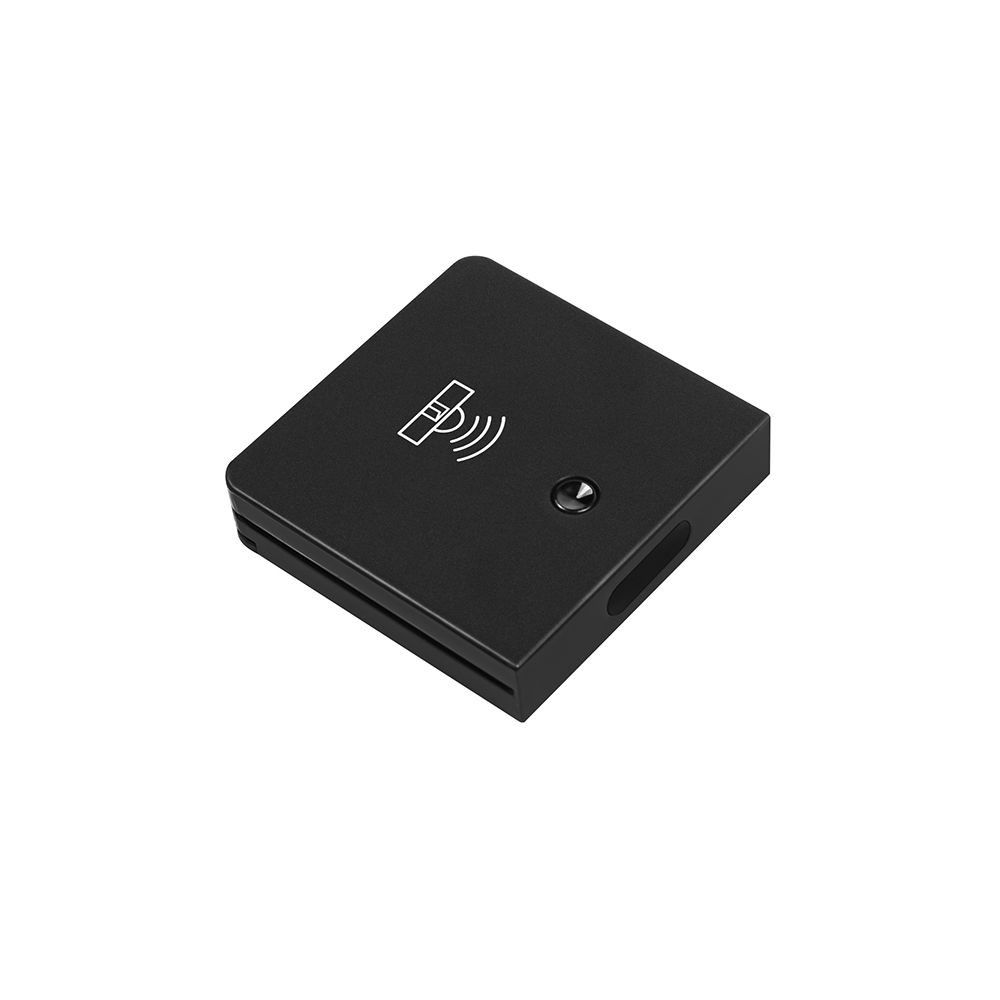Recently, researchers from Taiwan's successful universities and Wufeng University of Science and Technology have developed a new technology to enhance the light output of red LEDs by using AlGaInP semiconductor structures [Der-Ming Kuo et al, Appl. Phys. Express, vol4, p012101 , 2011].
Although AlGaInP LEDs can achieve 90% internal quantum efficiency (IQE), the GaAs substrate used to fabricate such devices reduces light extraction efficiency by absorbing light. The focus of this study was to remove the GaAs substrate together with the InGaP layer using hydrochloric acid or phosphoric acid to expose the n+-GaAs thin film layer.
The researchers' practice was to grow the epitaxial layer by MOCVD on a GaAs substrate, and then remove the GaAs substrate using wet etching (NH4OH: H2O2: H2O = 1:4:2 for two hours). The epitaxial structure includes a 300 nm n-type GaAs buffer layer, InGaP, n+-GaAs, n-AlGaInP, n-AlInP cap layer, AlGaInP/InGaP multiple quantum well active layer, p-AlInP cap layer, and p-GaP release layer are respectively 200 nm, 50 nm, 2 μm, 50 nm, 50 nm, and 9 μm.
On the above layer structure, a 0.5 μm thick SiO2 diffusion layer was grown by PECVD in order to contact the metal layer with p-GaP. It was patterned into a square of 280 x 280 μm. The area of ​​the p-type contact portion is 300 x 300 μm, and the 450 ° C annealing process contributes to obtaining high reflectance (85%) ohmic characteristics, but this causes some metal to diffuse into the p-GaP layer, roughening the contact interface and reducing the reflectance.
Figure 1. Schematic of LED-A (a) using a Ni substrate (by electroplating) and IZO TCL. The LED-B is substantially the same as the substrate material and process used in the former, but does not contain the IZO TCL transparent conductive layer (b); the right side is a conventional LED using a GaAs absorption type substrate.
The emission wavelengths of the three red light devices are all 300x300μm at 624nm. The device mesas are divided into 25μm small units by wet etching, and the p-contact metal cap layer is deposited and the metal passivation is completed. The IV and output power characteristics of the three are not listed, but this shows that the proposed AlGaInP LED epitaxial technology has a certain impact on improving the EQE value of the device.
The researchers said that the progress of this study is that the use of IZO film (refractive index = 2.1) reduces the reflection of internal light, compared to air (1.0) and GaAs (3.8), the lower refractive index can be improved The critical angle that determines whether a photon escapes from the structure. Nevertheless, according to the results of the current research, the EQE value of the device has not yet reached the commercialization standard of the device. EQE = 10.5% at a driving current of 20 mA. Compared to LED-B without IZO layer and conventional LED, its EQE value is only 9.3% and 4.9%. The main reason for this is due to the different quality of the epitaxial layer materials. For commercial devices, its EQE has reached about 50%. (LEDC·He Guihong·Translated from SemiToday)
The following is an article from the "Compound Semiconductor" July/August 2008 issue: New multilayer structure enhances the light-emitting efficiency of red LEDs
EPISTAR: P-series (left) and A-series (right) LEDs, originally named Phoenix and Aquarius, respectively, emit uniform light at low drive currents. This shows that the current distribution is very uniform across the chip.
Wireless Ir Door Sensor
Wireless Ir Door Sensor also can called Cabinet Door Light Switch. The wireless smart driver connect the control box directy, then we can use wireless IR door sensor to control the light. Their communication is by 2.4G.
Description of Wireless IR Door Sensor
Replaceble blaatery operate
IR with 3 years standby
PIR/Touch with 10 years standby
More than 10000 times operate
Wireless switch
Easy for installation

FAQ:
Q1. How do you ship the goods and how long does it take to arrive?
A: We usually ship by DHL, UPS, FedEx or TNT. It usually takes 3-5 days to arrive. Airline and sea shipping also optional.
Q2. How to proceed an order for led light?
A: Firstly let us know your requirements or application.
Secondly We quote according to your requirements or our suggestions.
Thirdly customer confirms the samples and places deposit for formal order.
Fourthly We arrange the production.
Q3. Is it OK to print my logo on led light product?
A: Yes. Please inform us formally before our production and confirm the design firstly based on our sample.
Q4: Do you offer guarantee for the products?
A: Yes, we offer 2-5 years warranty to our products.
Wireless Ir Door Sensor
Wireless Ir Door Sensor,Cabinet Door Light Switch,Door Light Switch,Led Cabinet Light Door Switch
Shenzhen Jedver Smart Lighting Co., Ltd. , http://www.jederwell.com



